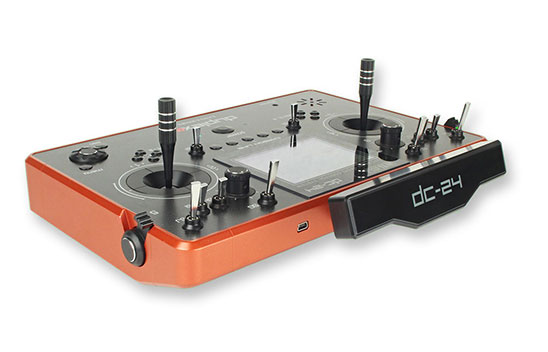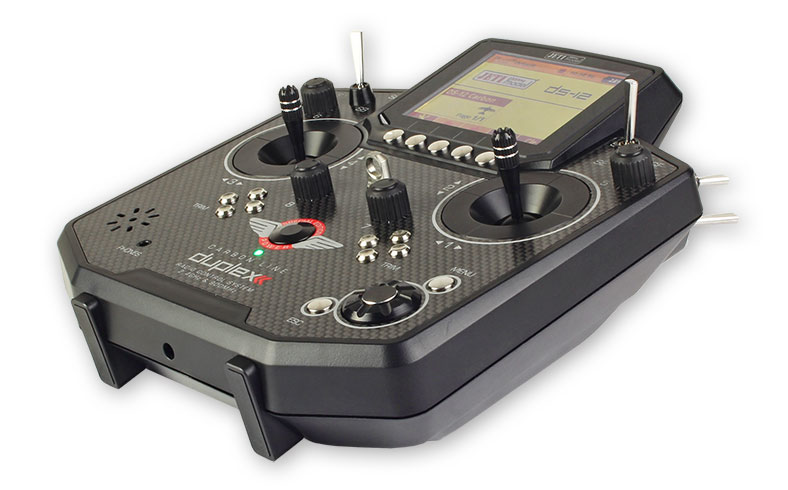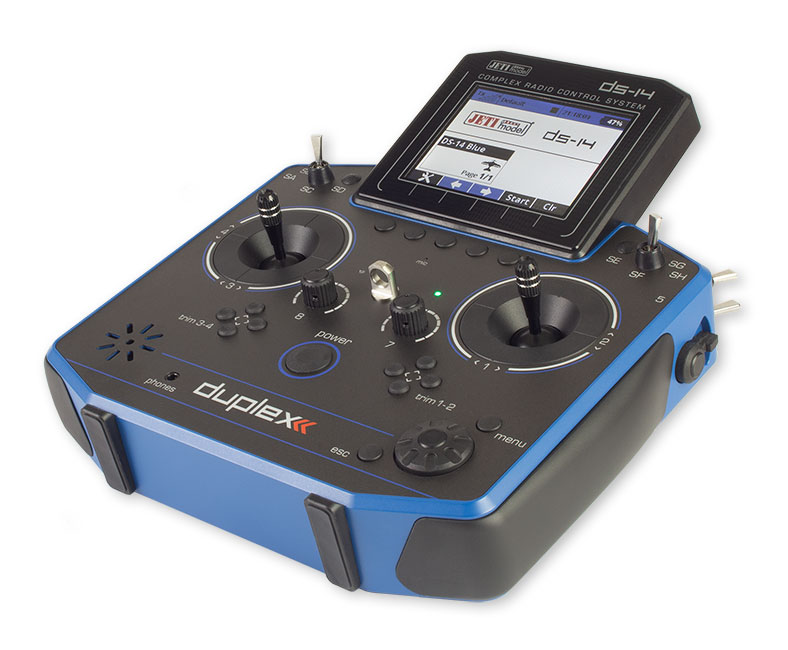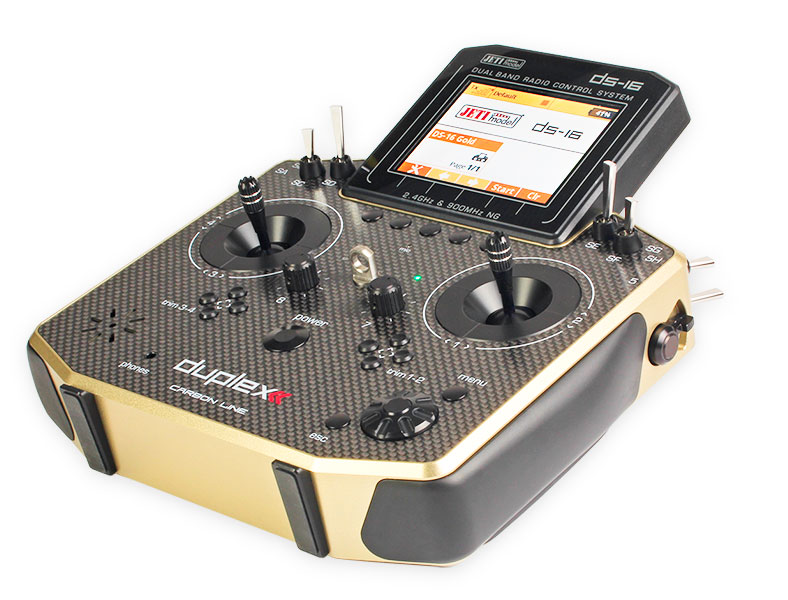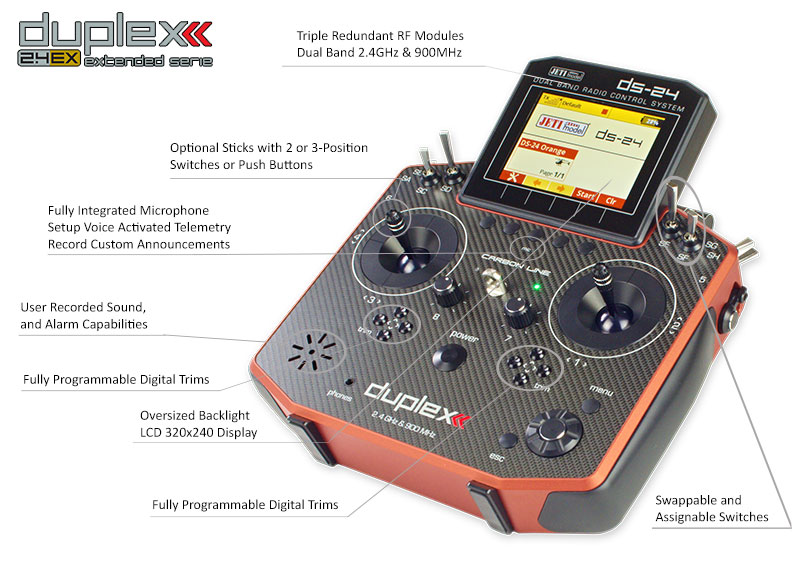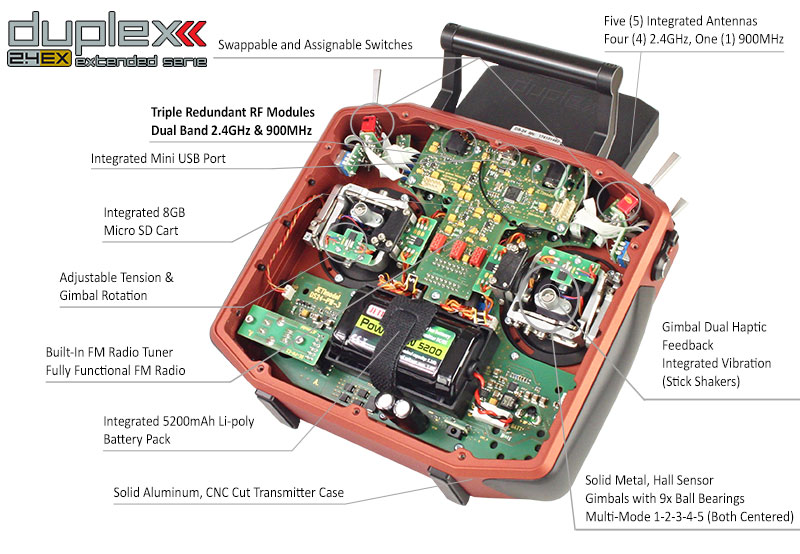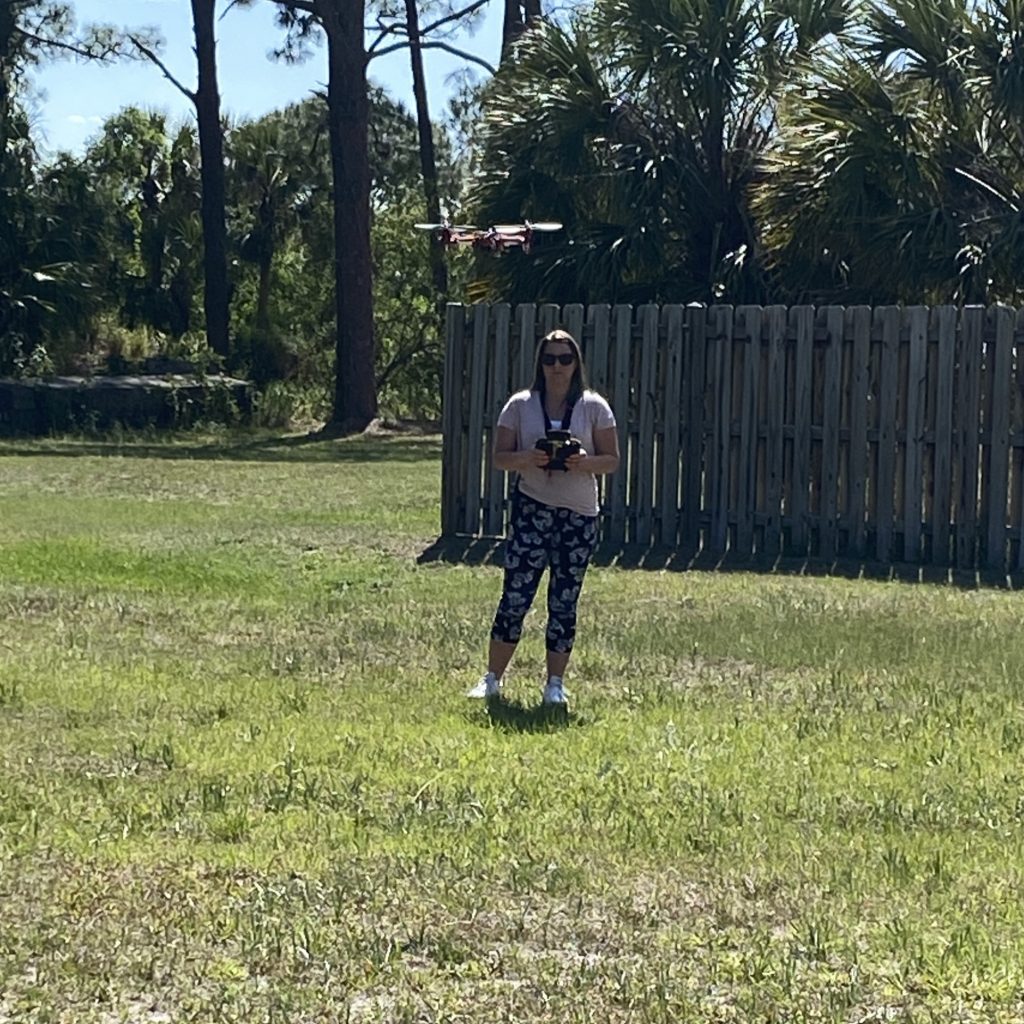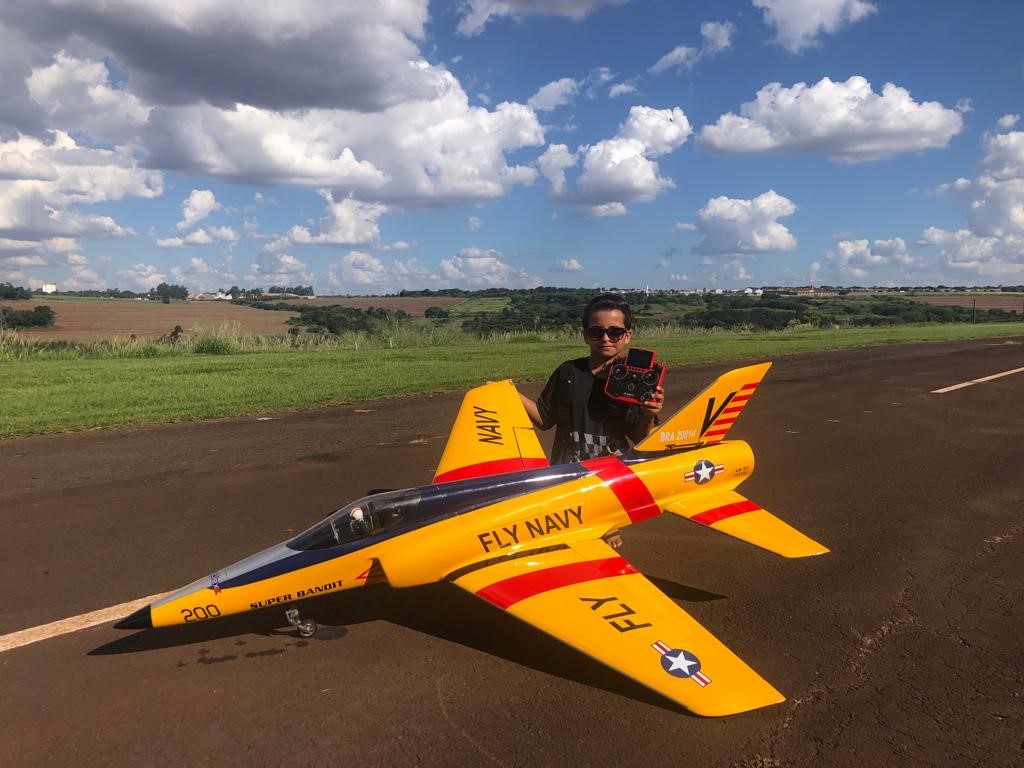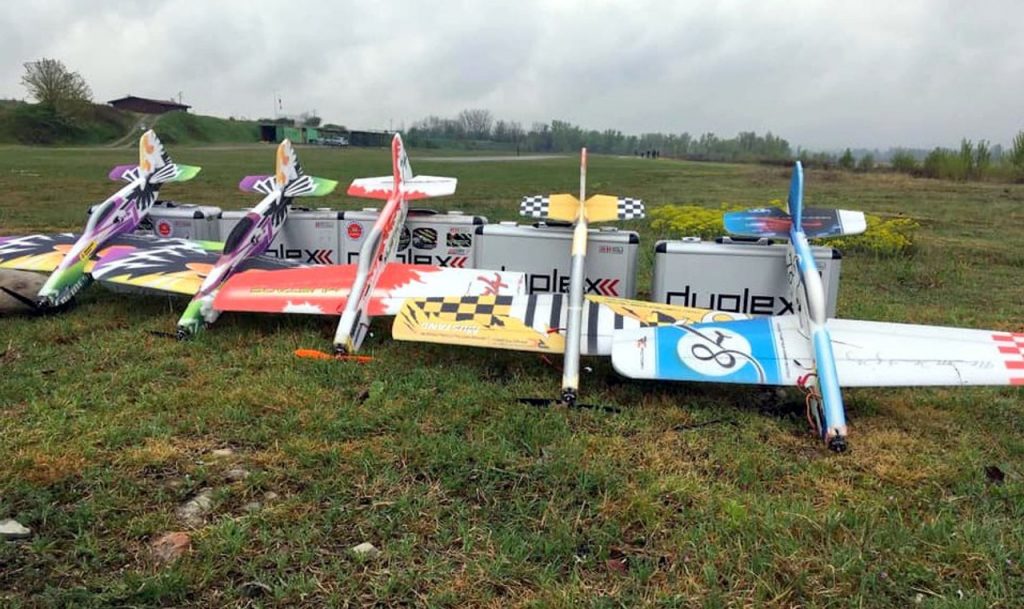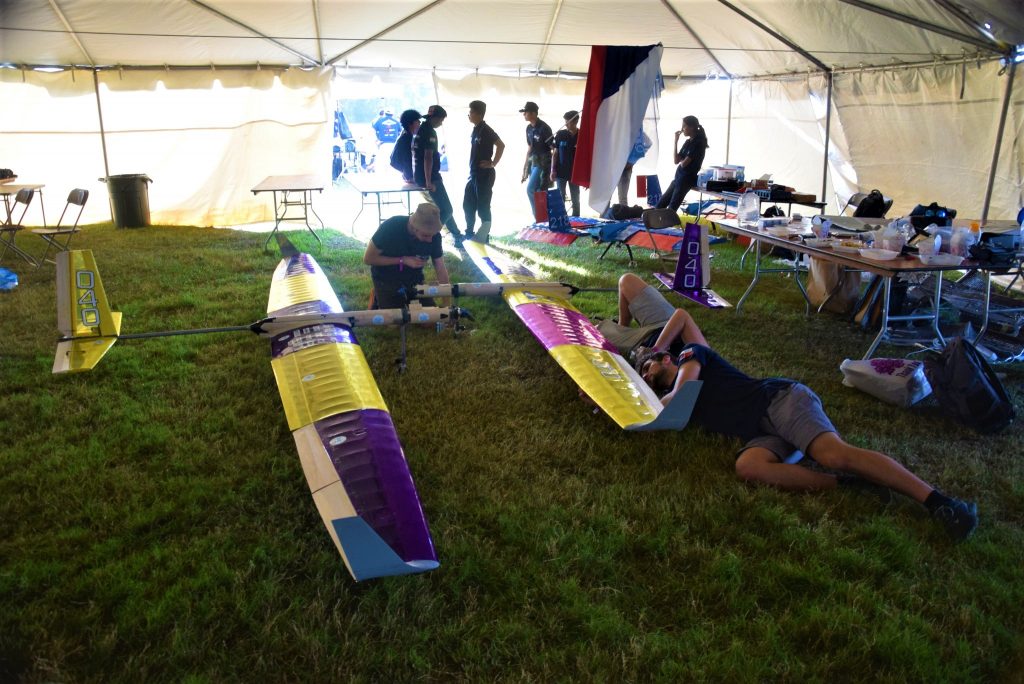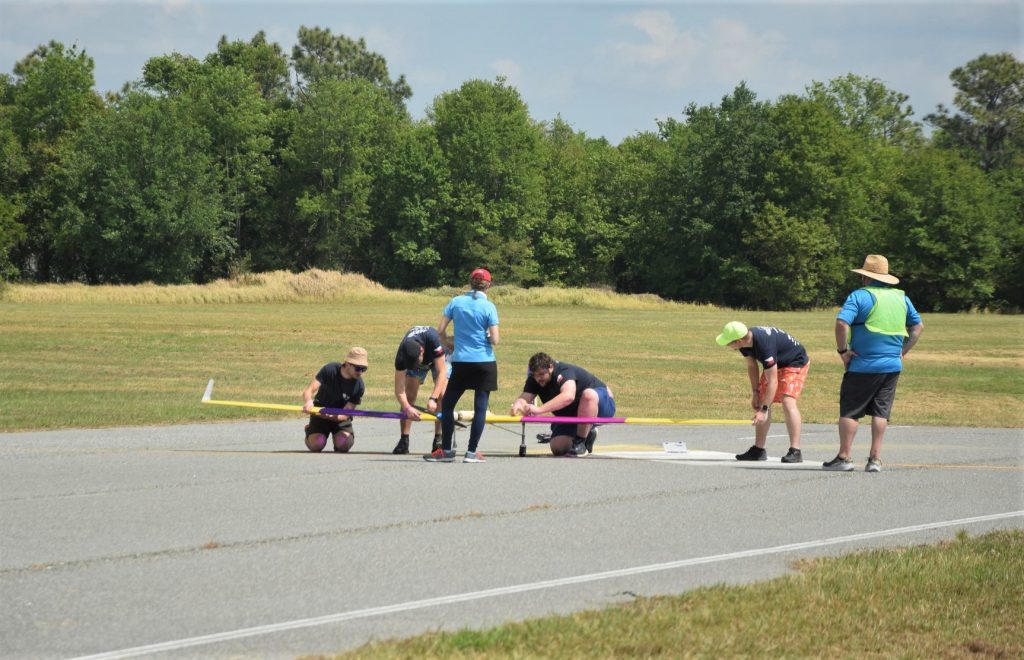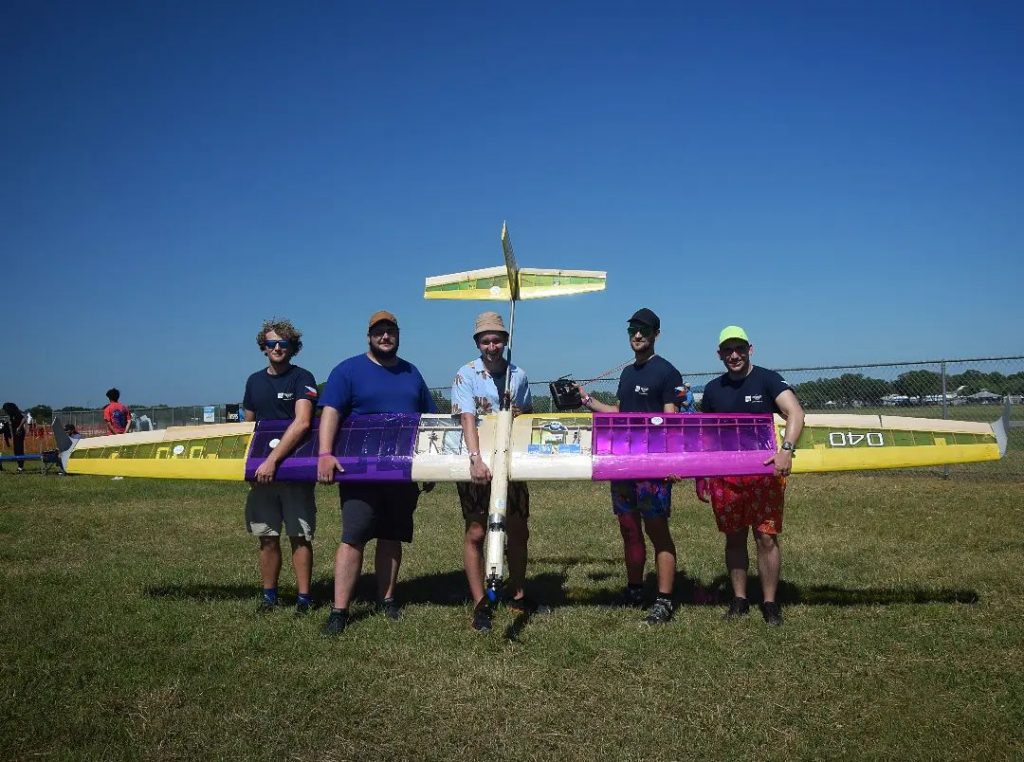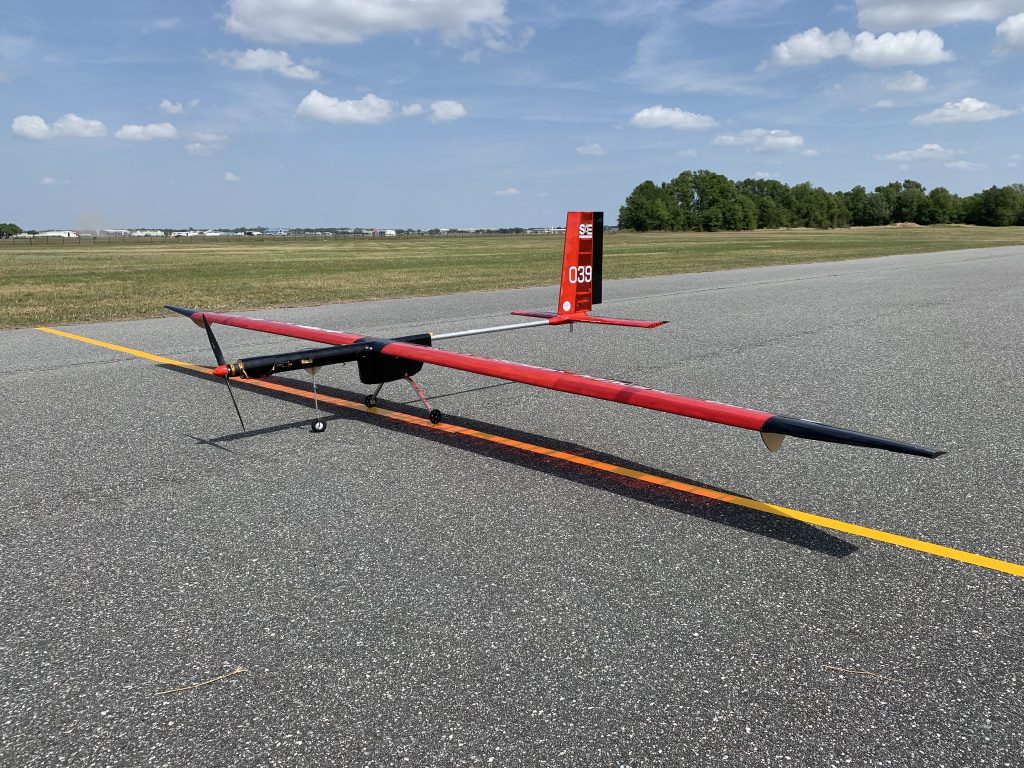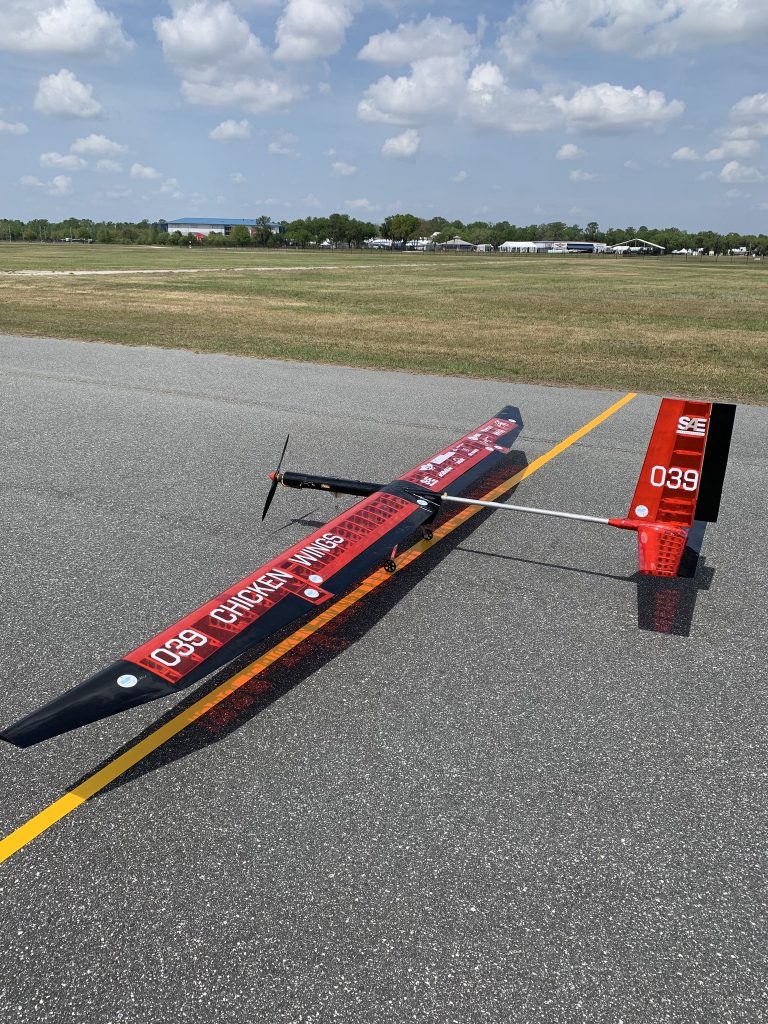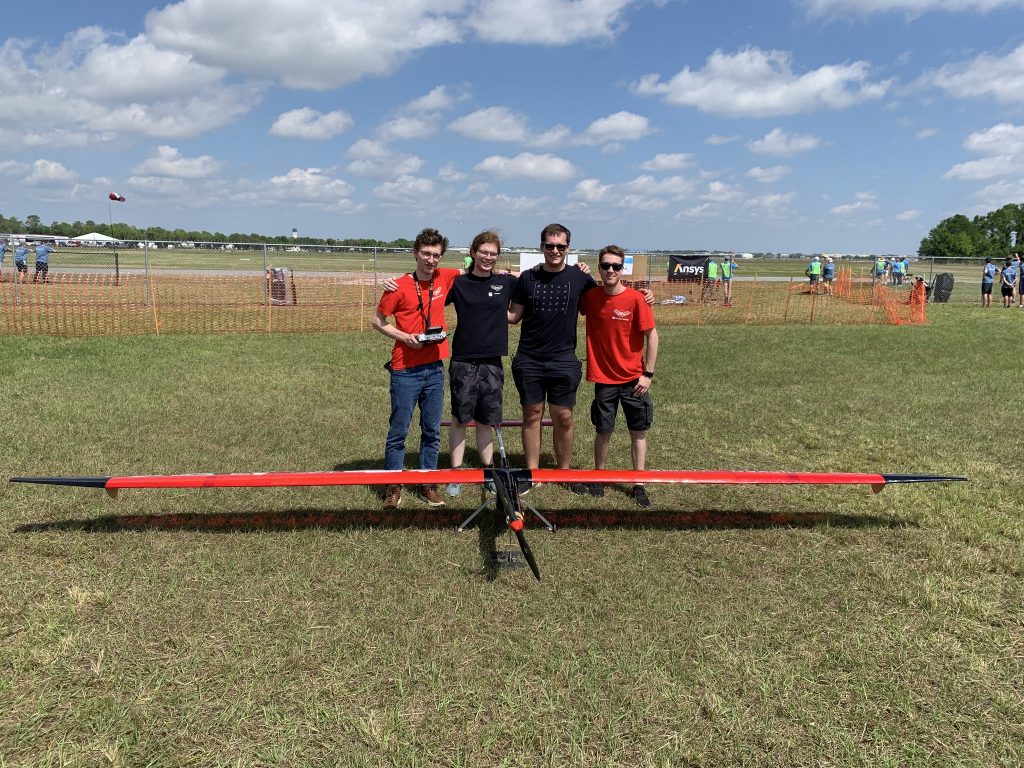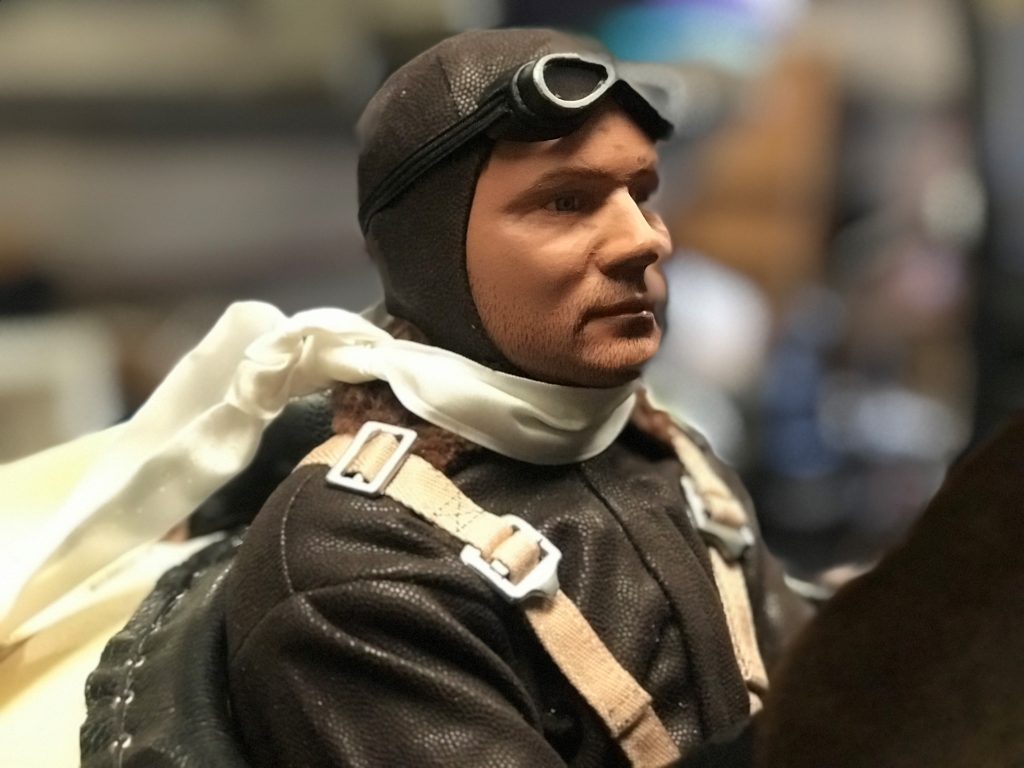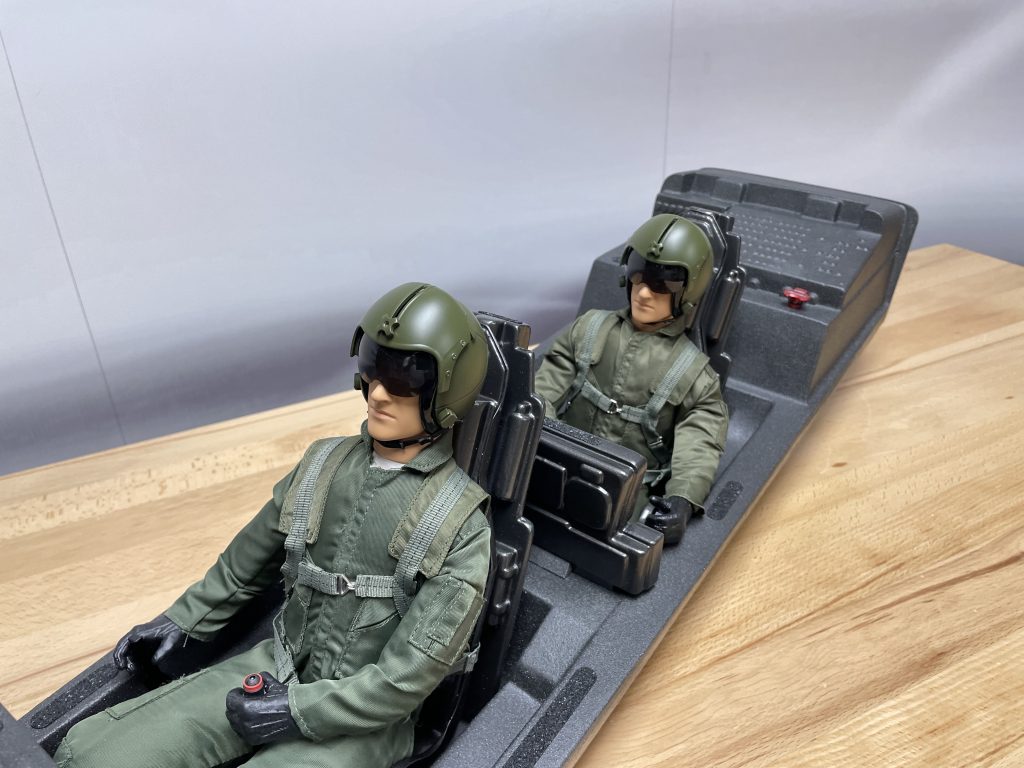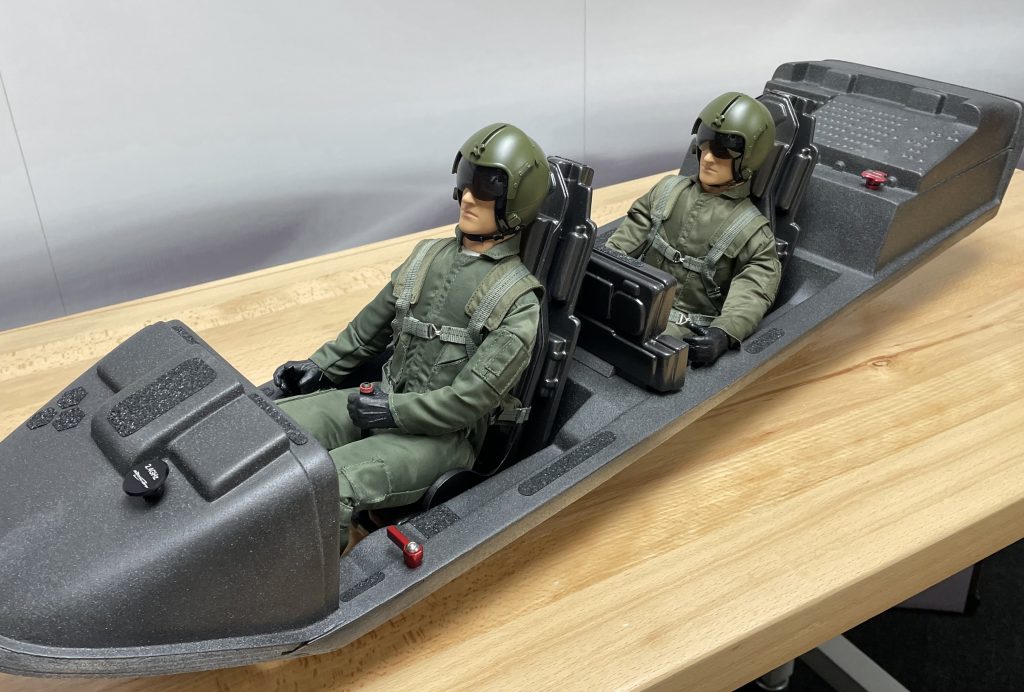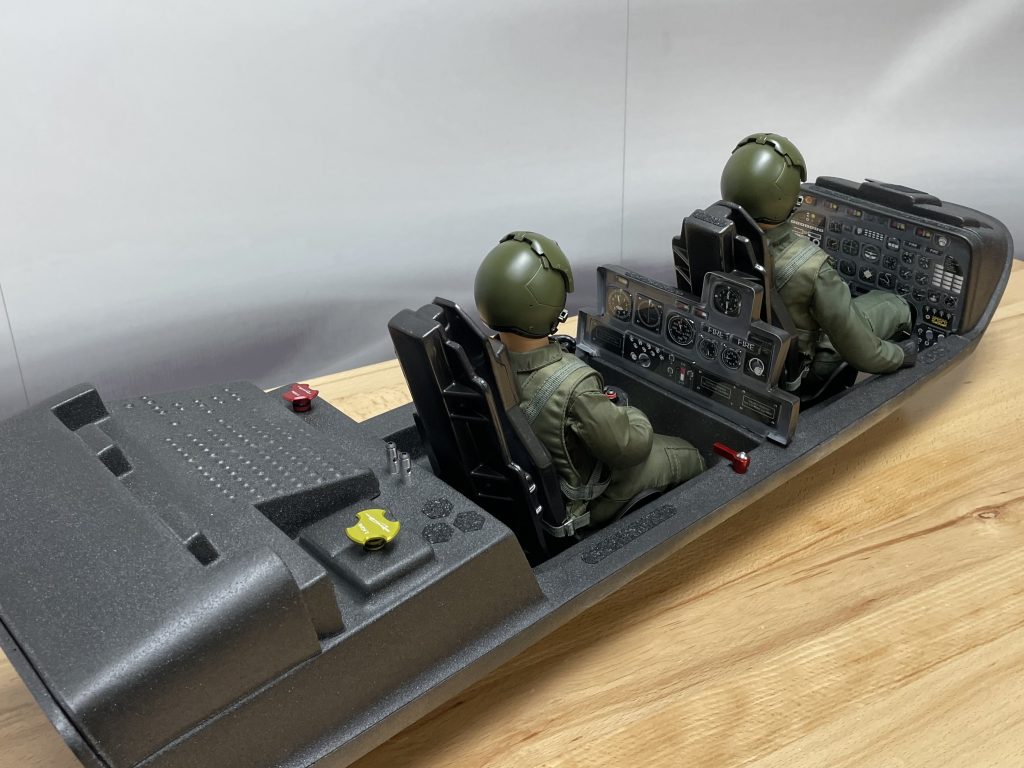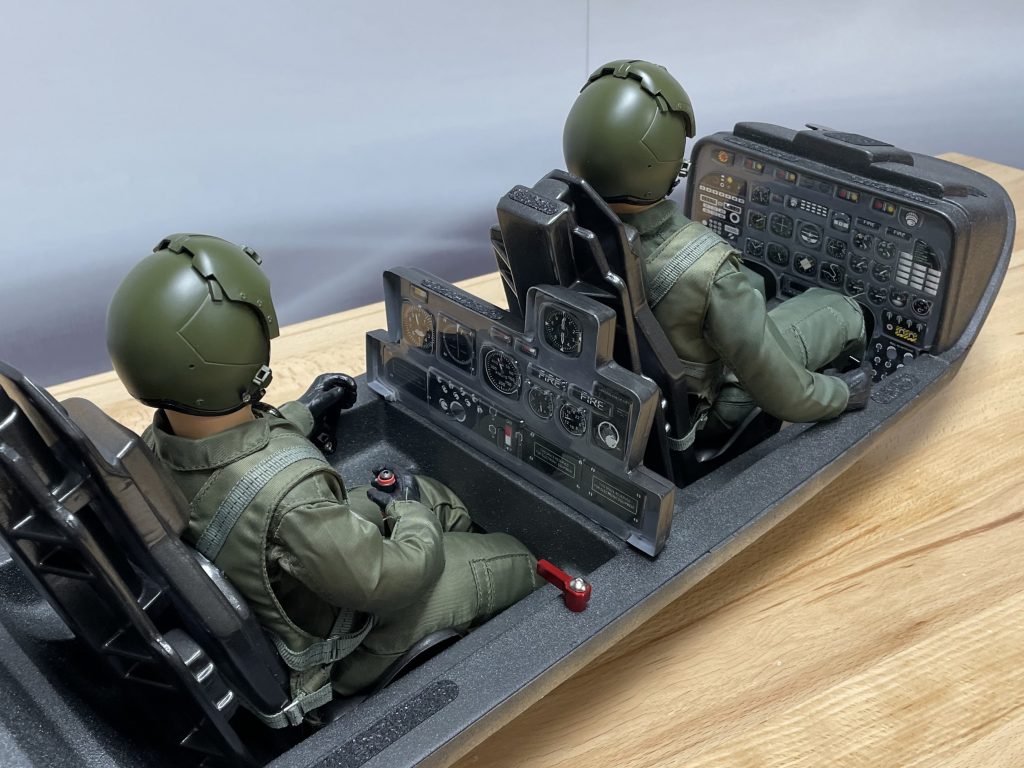Pre-Owned? No Worries!
The options to purchase Jeti are plentiful. Of course, you can purchase directly from Jeti USA or any one of our many authorized dealers, but there is another option – purchase a pre-owned one! Often times, you can spot a Jeti transmitter for sale from other Jeti owners! You might want to purchase a transmitter from your buddy at your local field, or even snag a great deal off one of the forums. However, we know that the uncertainty of purchasing pre-owned electronics can cause a bit of internal turmoil, but we wanted to let you know it doesn’t have to be that way!
Jeti products, especially the transmitters, hold up very well over time, so the chances of any issues occurring are very slim. In addition, Jeti USA is the one-and-only authorized service center for all Jeti products purchased in the United States. This means that, if for any reason you do run into a problem, you can deal directly with us, even if you did not purchase it through us.
At Jeti USA, we record the serial numbers of all transmitters that leave our door – and since we are the only USA importer, all transmitters legally purchased in the United States have, at some point, touched our hands. If you are interested in a pre-owned transmitter, and you know the serial number, we can verify purchase date, and validate whether or not it is still under manufacture warranty.
We love Jeti products, and we are confident you will too. So, if that means snagging the best deal from a good friend or even another Jeti user, then why not! In the end, you are still flying (if you ask us) the best, and that makes us all happy!
